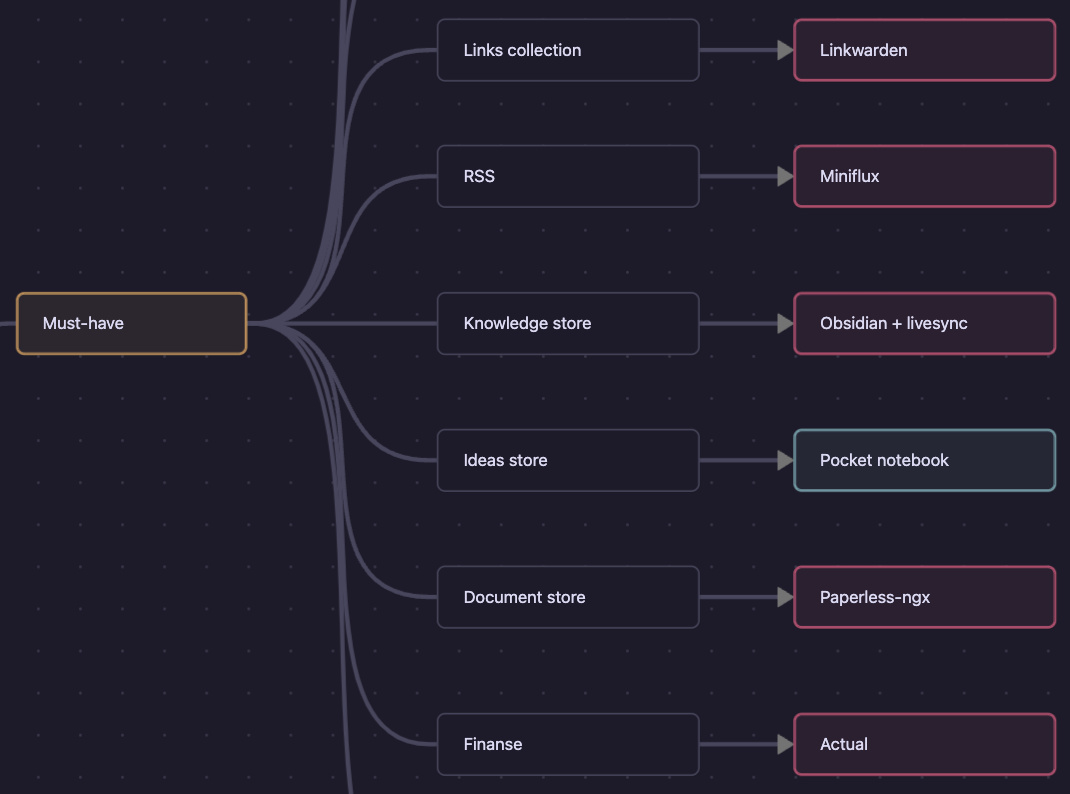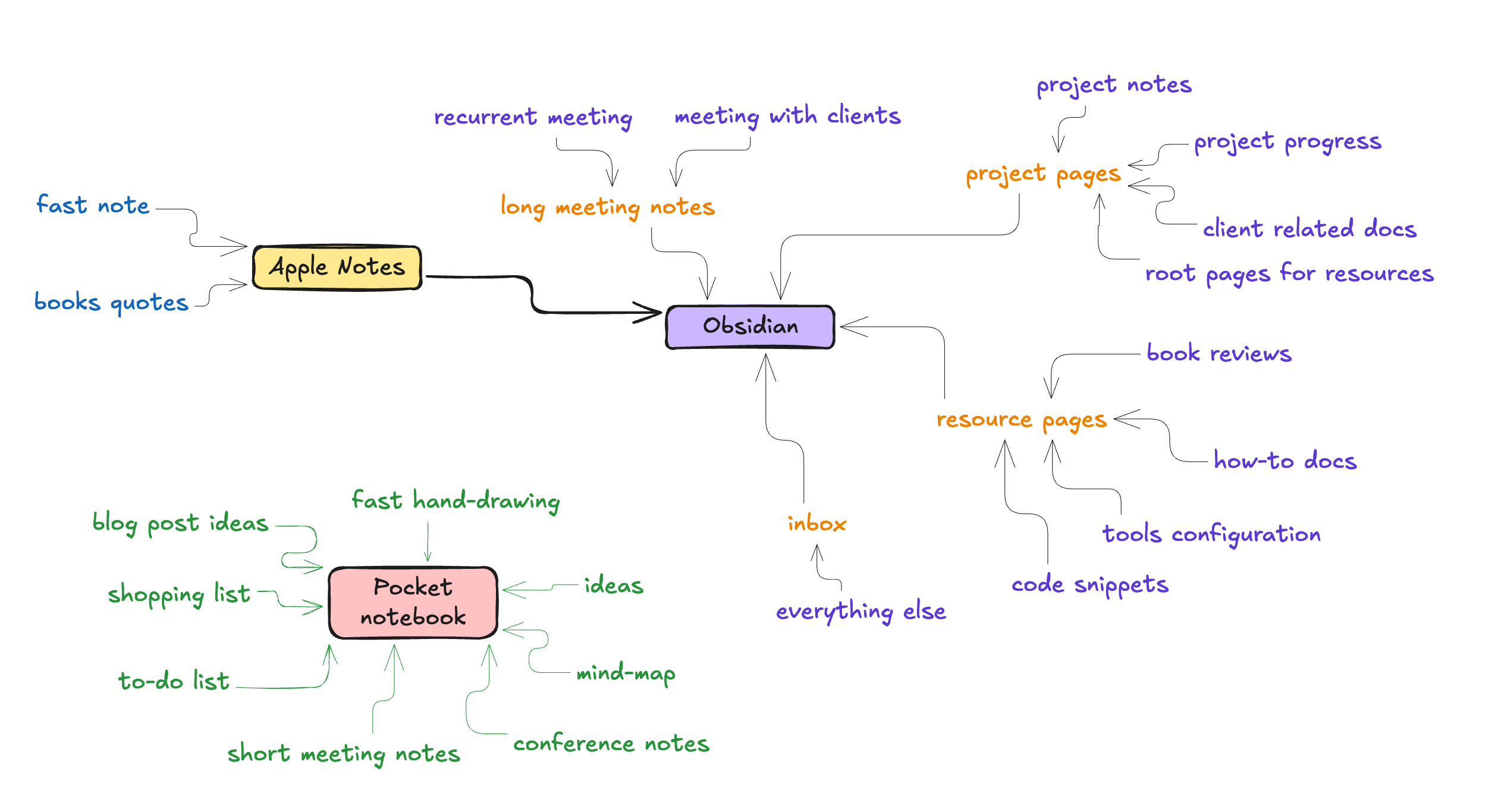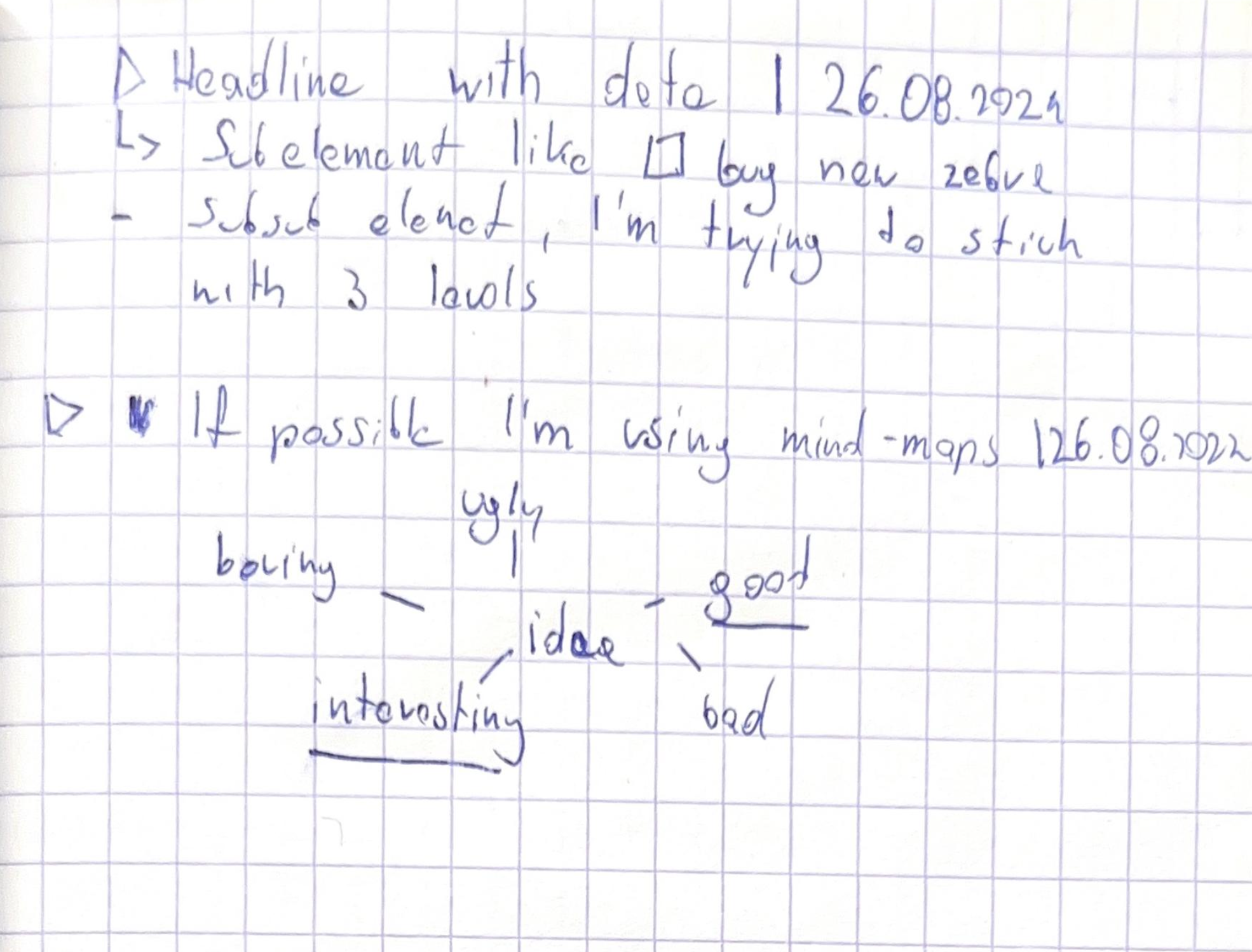Information flow
Welcome
This post will be different, than usual. It will be soft, flexible, and with late summer vibes. Please stop coding, deploying, or whatever is important you’re doing. That will be the most helpful post you will read today! Let’s talk about being old, or more correctly about seniority. What will distinguish you as a person with 10 years of experience in your job with newcomers with 6 months? Probably first things that will come to your mind will be:
- coding style
- knowing framework or technologies
- understanding domain or context(as long as you work for the same company)
And that’s it. Which for sure it’s true. The thing is that most of those items people are able to master in 2-3 years. Also, when you’ve been working with technology ~X~, for 3 years, probably you don’t remember the tech stack of projects from the beginning of your journal. Unfortunately, that is our(old people’s) power - general experience, and specific knowledge. That is why today we will focus on capturing notes and, most importantly using them.
My story with second brain
When I started consulting business (end of 2020), I relied that a lot of my knowledge from previous assignments was gone. Even if I build some ~hacky~ Jenkins script, great, slim, and unbelievably readable Ansible playbook, or super SQL query, I can’t even look at it. Besides the fact, that it was stored in some corp internal documentation system or git repository. I don’t have access to it anymore, and it’s not about copyright issues or company-specific things. The general solution could be safely reused, at least in my case. That is why I started looking into the best note-taking app. Which was a wrong idea, and I explain it later. Now, let’s talk about available solutions. In order of my story.
Notion
Notion, free for one-person team. Currently, probably the most popular application on the whole internet. You can do everything with it. Build a CRM, take notes, and store rows, as you can do with nocodb. Awesome Swiss-army knife, with a web app, and native clients (officially Mac and Windows). Unfortunately, in those days no offline mode, and privacy concerns, and everything was stored on Notion’s side. Bessie last thing, why did I leave it?
- way too many features I don’t need
- most of the features aren’t platform agnostic, even If I can export to Markdown, without databases it becomes useless
- lack of full control over my files
Org-mode
orgmode seems to be a big change after using Notion. However, I fell in love with Emacs, so I wanted to use all the best things. It was easy to set up org-agenda, org-roam, etc. Unfortunately, after a while, I noticed that using a non-standard system(not Markdown) could impact my note-sharing capabilities, as well my ~work~ docs were mostly built with Markdown. So, a note system that uses Markdown. Also, I switched to VIM :)
Obsidian
Obsidian, free for personal use, however Sync is paid service. Obsidian is the holly grail of all second brain builders and home of PKM, Zettelkasten or many other methods lovers. Personally, during the first time, I went too deep into this solution. I tried many plugins, and added workflow, task and project management, presentations, and diagrams, without the correct directory structure and idea. Also, I wasn’t struggling with the setting of the Syncing solution, as git crashed from time to time and iCloud worked fine as long as I was using one machine. So switch. Reasons were:
- to a complex system, unstructured and messy as with great power comes great responsibility
- issues with syncing
Logseq
logseq fully free and open-source Obsidan-like tool with fewer plugins, however, it also gives you a chance to complex
everything a lot. I have been using it for less than a year, however at some point, I noticed that I’m writing longer
forms in Obsidian, and daily notes in Logseq. Why? Due Logseq design. It starts everything as a new point
with -, even if it’s a standard Markdown. We’re starting everything at a new point. Issues?
- not fully clean Markdown, the
text modeisn’t suitable for my needs - not such popular as Obsidian = fewer plugins
Joplin
Joplin open-source tool, with paid Sync service. However, it supports WebDav sync. As a user of Fastmail have a lot lot of storage for it. Those parts work great, links, complexity level, and clear Markdown. Themes, mobile app, tags, everything I needed was there. Unfortunately, again, for short notes, my go-to app becomes memos, for long-form BookStack, seems to be the best solution. Why? Firstly my love for self-hosted solutions boomed, also Joplin even if looks perfect for my use case was some reason hard to describe and did not encourage me to write. Soo.. I back to Obsidian.
Obsidian again
So why Obsidian at the end? The flexibility. This tool can be as simple as I need. My current structure is very clean, with the usage of only 6 plugins:
- Calendar
- Checklist
- Excalidraw
- Minimal Theme Settings
- QuickAdd
- Self-hosted LiveSync
File backup is done via my regular NAS backup task, and between-device sync is done via self-hosted obsidian-livesync.
Honourable mention
Tools used for a short period, but for various reasons do not fit my workflow.
- memos - great self-hosted app, but it’s a more private social-media platform, than, a note-taking tool. Also, it doesn’t work offline.
- anytype - looks like a great Notion alternative, however too complex for me. I need a simple tool.
- zettlr - great for long form, but missing some daily use functions.
- trilium - not sure, about the project’s future.
- siyuan - a bit too early stage for me.
- Noteplan and Plume - not a Markdown, more Apple notes competitors.
Current setup
After 4 years of trying and experimenting, I created a diagram of tools I’m using in the area of knowledge management.
 |
|---|
So how it works you can ask?
- First I don’t use mobile apps like Obsidian on my phone. I only have Apple Notes for handling ideas and capturing the best quotes from the books I’m reading. Then, day after day, I’m putting it into Obsidian.
- Then, I have a pocket notebook, with a special note-taking method. It’s for the collection of all ideas, During work, or regular life. It’s like a life log.
- At the end, I have my Obsidian Vault, for storing everything else, excluding blog posts.
- For blog posts, I’m using MarkEdit
What does the process look like?
 |
|---|
Then how am I taking the handwriting notes? Based on many years of writing, it’s still ugly, and hard to read, however, I’m able to guess most of the things. It looks like that: but
 |
|---|
Summary
The idea behind this post is a bit selfish. I want to back into this in a year and see how it evolves. Now I’m trying to use as less tools and corporate-owned solutions as possible. My goal is to build vendor and internet-independent workflow as possible. All my notes are stored on local NAS, and synced via live sync. Notebooks are stored in a box near my desk. Why? Because based on my experience, changing structures or formats introduces a lot of mess. Some notes are missing, some are duplicated. The tags do not match. Hopefully, now I will be able to stick with my idea and use it efficiently. What does it mean? Just use them, and read from time to time. At the beginning of my journal, I made a lot of notes. Poor quality, not-completed, disconnected, at the end hard to use. Which is a waste of time, if we can’t reuse our knowledge, or we’re unable to find what we need.

